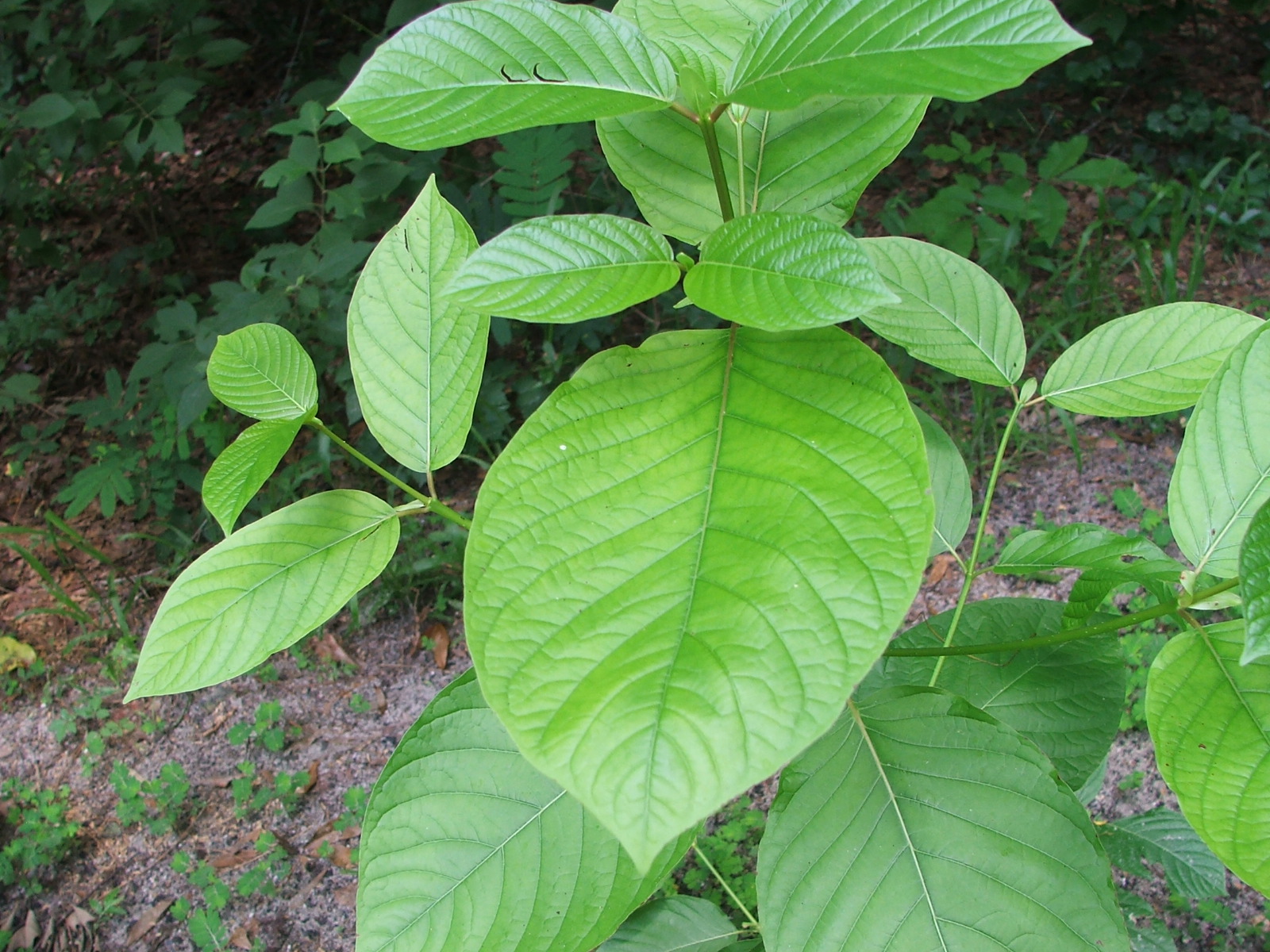This piece first appeared on the Drug Policy Alliance blog.
The DEA’s recent move to prohibit and criminalize kratom, a medicinal plant used for millennia in Southeast Asia, shows us just how far we are from the drug war’s ultimate demise. Without any serious scientific analysis, the DEA intends to subject anyone caught with any quantity of kratom to long prison sentences, while obstructing scientific investigation into the plant’s medical benefits.
Kratom is a long-established folk remedy in southeast Asia, where it is traditionally popular among day laborers and has long been used as a replacement therapy for people struggling with opiate addiction. Kratom leaves can be chewed fresh, or dried and consumed in powder, tea or bar form. In small doses, it can have stimulant-like effects, and in larger quantities it acts as a sedative. Side effects of kratom are minimal, and its withdrawal symptoms are weak and nearly inconsequential compared to the suffering of people trying to quit opiates or amphetamines.
Many people struggling with opioid addiction have turned to kratom to help them cut back or quit, but now all promising scientific studies on kratom’s role in opioid treatment could be immediately shut down. With the U.S. currently suffering from an overdose epidemic linked to opioids, it’s absurd to criminalize a substance that many people use to help with opioid withdrawal. If the DEA gets its way, more people who struggle with addiction could be criminalized, which is exactly the opposite direction drug policy should be going.
The Drug Policy Alliance is fighting to put the brakes on kratom prohibition – you can help us by taking action and pressuring Congress to stop the DEA before it’s too late.
Many news reports mis-state that the DEA is imposing “strict regulations” on kratom or something to that effect – but prohibition is actually the opposite of strict regulation, since it completely abdicates regulatory responsibility to the illicit market. In fact, strict regulations are exactly what we need – such as quality control measures, product labeling requirements, as well as marketing, branding and retail display restrictions, which are long proven to reduce substance misuse and youth access. (Funnily enough, it was reported last week that teen rates of alcohol and tobapcation and legal regulation, rather than criminalizing and arresting teens who smoke cigarettes or drink alcohol.)
Ultimately, kratom is suffering the same fate as countless other medicinal plants that have been used by our ancestors for millennia – there’s no profit incentive for pharmaceutical companies to do years of clinical research to gain FDA approval for a plant that they can’t patent for prescription use. That’s one of the many reasons why in the long run we need a new, post-prohibition drug classification system that’s based on science and best public health practices, perhaps with some sort of new FDA for recreational drugs and psychoactive plants like kratom.
In the meantime, given the now-widespread moral, political and scientific consensus that drug use and addiction are best treated as health issues rather than as criminal issues, there’s no good reason for people who use kratom to be treated as criminals – especially considering how much we already know about prohibition’s disproportionate impact on people of color and other marginalized communities.
And it makes no sense for the DEA to still be left in charge of federal decisions involving scientific research and medical practice, especially when its successive directors have systematically abused their discretionary powers in this area. Responsibility for deciding drug classifications and public health policies should be completely removed from the DEA and transferred to a health or science agency.
(Check out DPA’s “Fire the DEA” campaign to learn more about how the DEA has fueled mass incarceration, wasted taxpayer money, and blocked scientific research.)
With more than 100,000 people currently joining together to stop the madness of kratom prohibition, hopefully we can accelerate a new vision for sensible drug policies before the next misguided “drug scare” inevitably rears its head.













